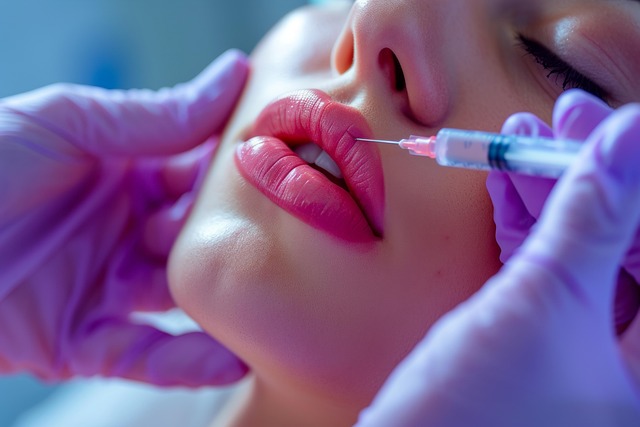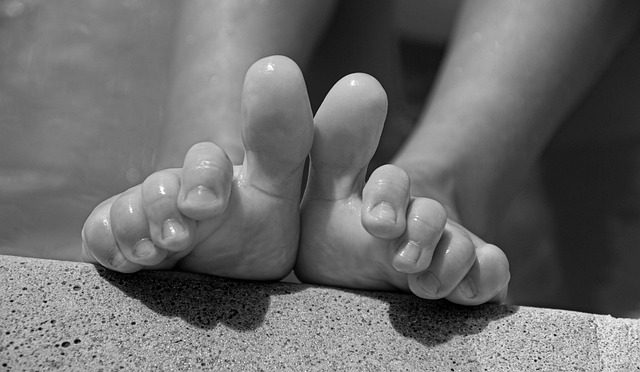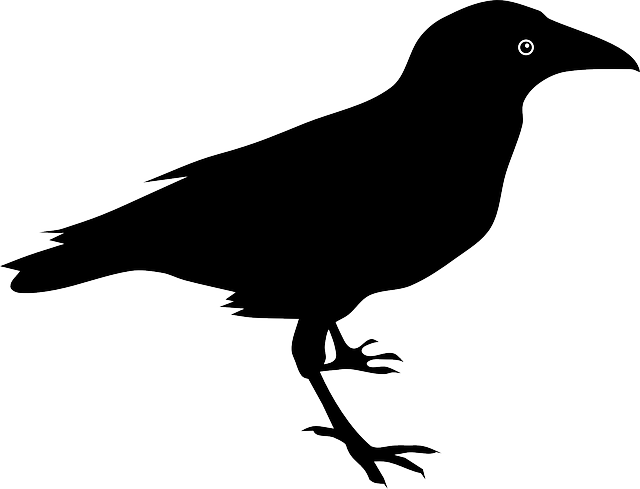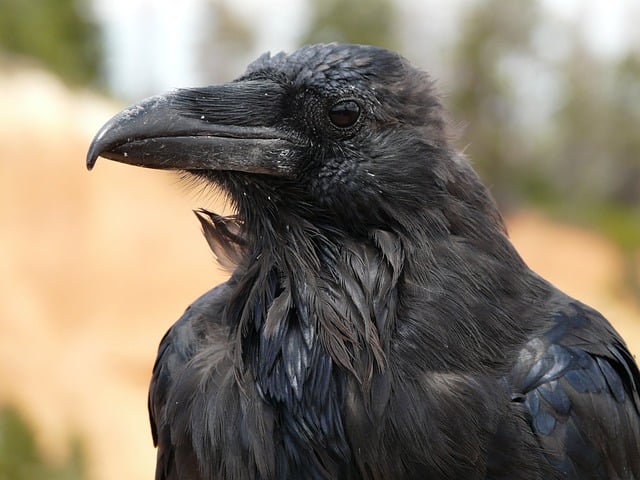Botox is a leading anti-aging treatment for crow's feet and smile lines, using botulinum toxin to temporarily paralyze muscles and reduce wrinkles caused by facial expressions. This non-surgical procedure offers precise results, making it a popular choice for achieving a youthful appearance without drastic measures. By blocking nerve signals at neuromuscular junctions, Botox prevents muscle contraction, minimizing dynamic wrinkles around the eyes and mouth. With minor side effects and ideal candidates experiencing moderate to severe lines, Botox for crow's feet and smile lines requires skilled administration and consistent follow-up sessions to maintain results.
“Uncover the secrets of youthful skin with safe Botox treatments, specifically tailored for addressing crow’s feet and smile lines. This comprehensive guide delves into the science behind Botox’s anti-aging prowess, highlighting its remarkable effects on fine lines and wrinkles. We explore targeted areas like crow’s feet and smile lines, dissecting the safety profile to demystify common side effects and rare risks. Learn why choosing the right injector is crucial, who makes a good candidate, and discover essential maintenance tips for optimal results. Reclaim your confidence with informed decisions on Botox for crow’s feet and smile lines.”
Understanding Botox: The Science Behind Its Anti-Aging Effects

Botox, a highly effective injectable treatment, has become synonymous with anti-aging skincare. Its science-backed approach to smoothing fine lines and wrinkles, particularly targeting crow’s feet and smile lines, is a testament to its popularity. The key ingredient, botulinum toxin, works by temporarily paralyzing muscles, reducing the frequency of frowns and smiles that lead to wrinkle formation over time. This simple yet powerful procedure offers a non-surgical alternative for those seeking a youthful appearance without drastic measures.
The science behind Botox’s anti-aging effects delves into neuromuscular junctions, where botulinum toxin blocks nerve signals responsible for muscle contraction. By relaxing specific muscles, it prevents them from pulling on the skin, thereby reducing dynamic wrinkles that become more pronounced with age. This meticulous process allows for precise results, making it a sought-after solution for individuals aiming to minimize crow’s feet and smile lines, enhancing their overall aesthetic appeal.
Targeting Crow's Feet and Smile Lines: Specific Areas for Treatment

When considering Botox for wrinkles, one of the most common areas of focus is treating crow’s feet and smile lines. These fine lines and wrinkles around the eyes and mouth are often among the first to appear as we age, due to muscle movement and exposure to environmental factors like sun and laughter. Botox injections can effectively smooth these specific zones by relaxing the muscles responsible for causing them.
By targeting crow’s feet—the vertical lines that extend from the inner corners of the eyes towards the outer corners—and smile lines (or “frown lines,” located between the eyebrows), Botox offers a minimally invasive way to reduce the appearance of aging without surgery. This treatment can significantly improve one’s overall facial aesthetic, fostering a more youthful and relaxed expression.
Safety Profile of Botox: Common Side Effects and Rare Risks

Botox is a well-studied and safe option for those seeking to reduce the appearance of wrinkles, particularly around the eyes, often referred to as crow’s feet and smile lines. When administered by a qualified professional, Botox has an impressive safety profile. The most common side effects are temporary and minor, including mild bruising, swelling, or discomfort at the injection site. Some patients may also experience headaches, muscle weakness, or difficulty with eye closure, but these typically resolve within a few days.
While rare, there are potential risks associated with Botox treatment. These include allergic reactions, bleeding disorders, or more severe muscular weakness. However, these complications are exceptionally uncommon. It’s important for individuals considering Botox for crow’s feet and smile lines to choose an experienced provider who can thoroughly discuss the procedure’s benefits and risks, ensuring a safe and effective experience.
Choosing the Right Injector: Qualifications and Experience Matter

When considering Botox for crow’s feet and smile lines, choosing the right injector is paramount to a safe and effective treatment. Look beyond certifications and consider their specialized training in facial aesthetics. An experienced injector understands not only the mechanics of muscle relaxation but also the nuances of facial anatomy, allowing them to deliver precise, natural-looking results.
Qualifications and experience are critical to ensuring safety. Seek out practitioners who specialize in Botox for these specific areas, as they will have a deep understanding of how to target problem zones without causing unwanted side effects. A skilled injector takes the time to consult with you, understand your goals, and tailor the treatment plan accordingly.
Patient Selection: Who Is a Good Candidate for Botox Treatments?

When considering Botox for wrinkles, patient selection is a crucial step in ensuring safe and effective treatment. The ideal candidates for Botox are those experiencing moderate to severe facial lines, particularly around the eyes and mouth, commonly known as crow’s feet and smile lines. These specific areas benefit most from Botox injections due to their sensitivity to muscle movement and the resulting impact on skin aging.
Good candidates typically have a realistic understanding of what Botox can achieve and are seeking to reduce the appearance of fine lines and wrinkles without achieving a completely expressionless face. It’s important to note that while Botox is safe and FDA-approved for treating these specific concerns, individual results may vary based on factors like skin type, age, and overall health.
Maintenance and Follow-up Care: Optimizing Results Over Time

Maintaining the results of Botox treatments requires a commitment to regular care and follow-up sessions. For those addressing crow’s feet and smile lines, this often involves scheduling touch-up injections every 3-6 months, depending on individual metabolism and lifestyle factors. Skilled practitioners will assess the area for any signs of diminishing effects, ensuring that the right amount of Botox is administered to restore smoothness without overdoing it.
Between treatments, patients can support their results by adopting a healthy lifestyle, including staying hydrated, protecting skin from sun damage with sunscreen, and practicing good facial muscle care to minimize further wrinkle development. A combination of proactive skincare and timely follow-ups will help extend the benefits of Botox for crow’s feet and smile lines, keeping your complexion looking youthful and refreshed over time.
